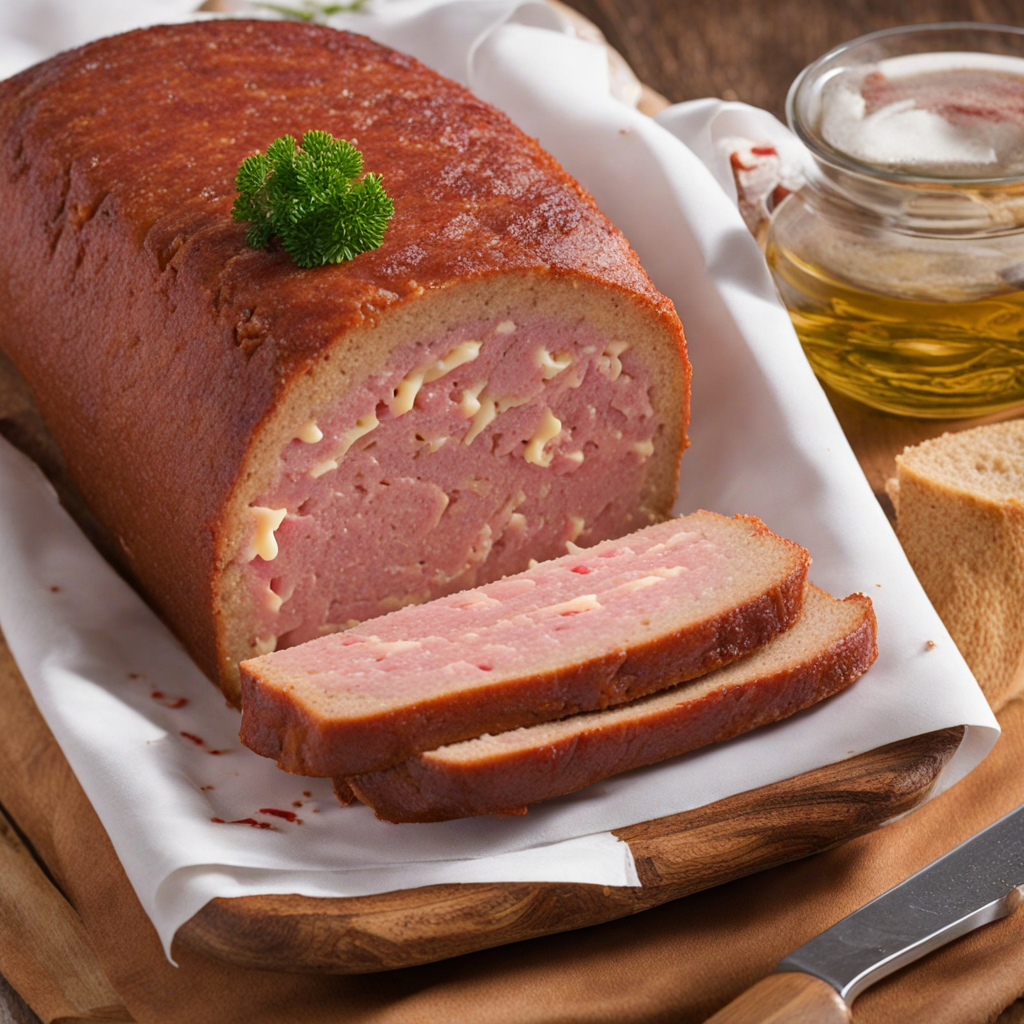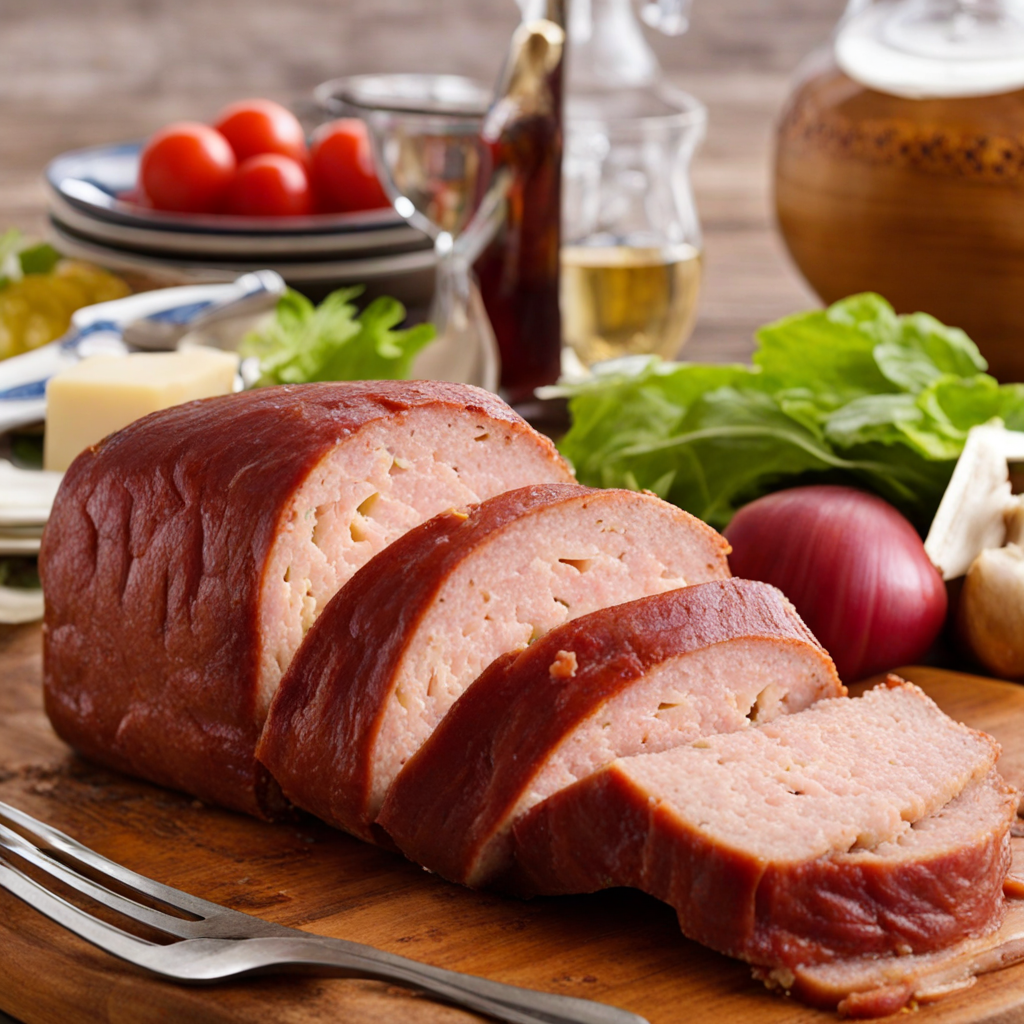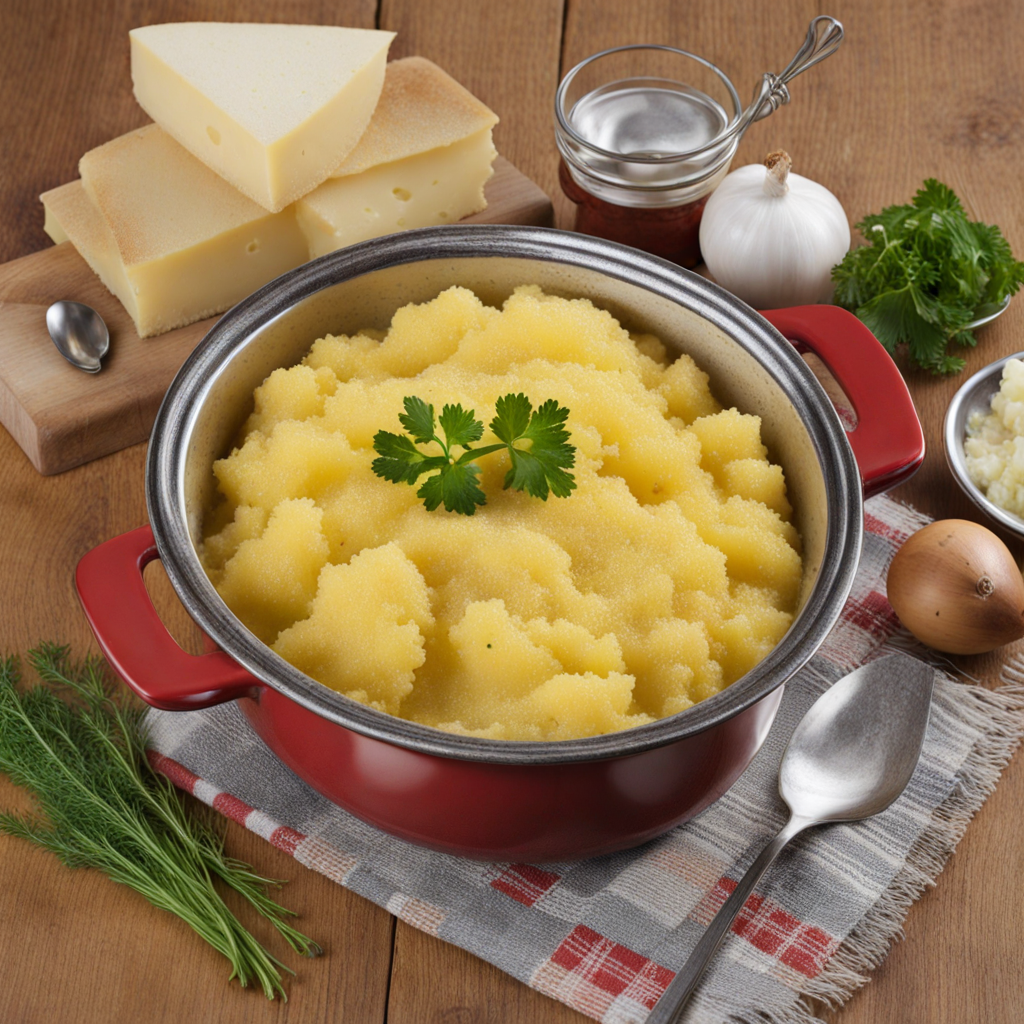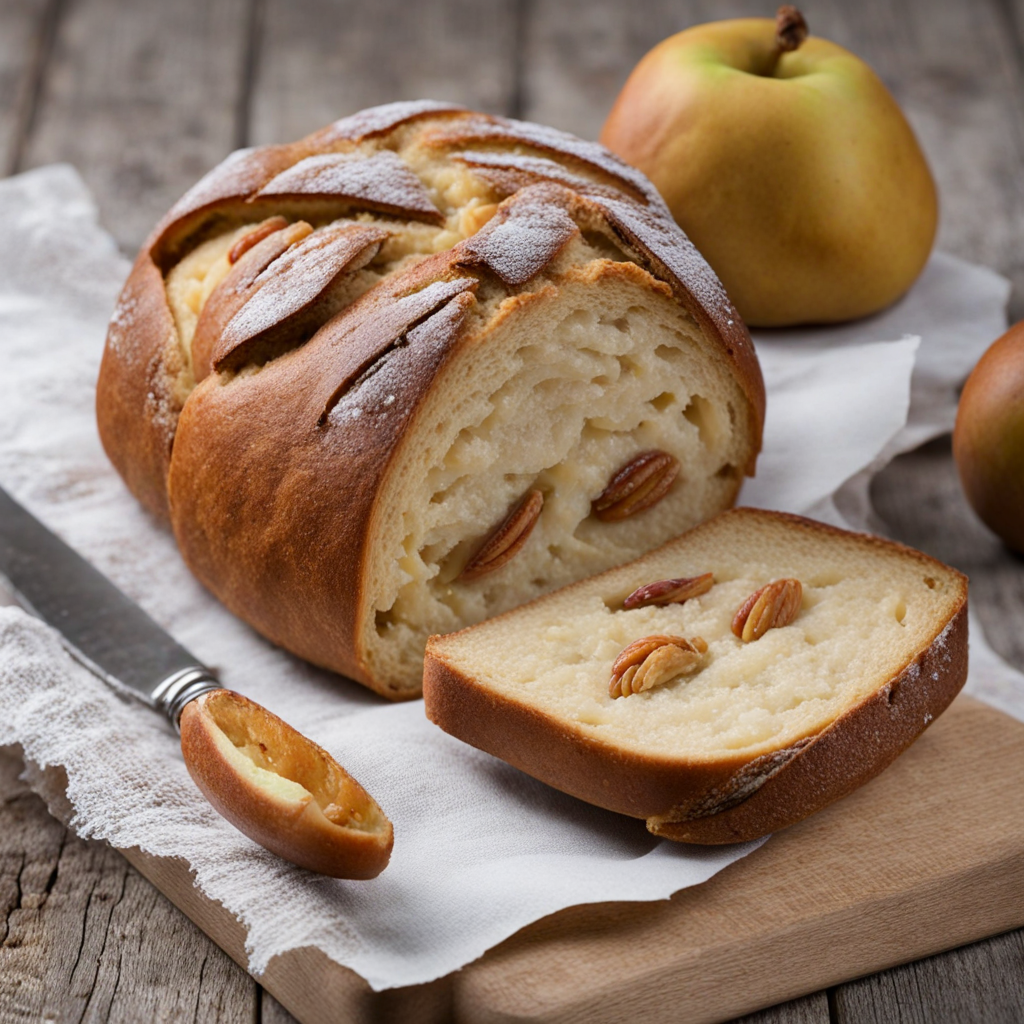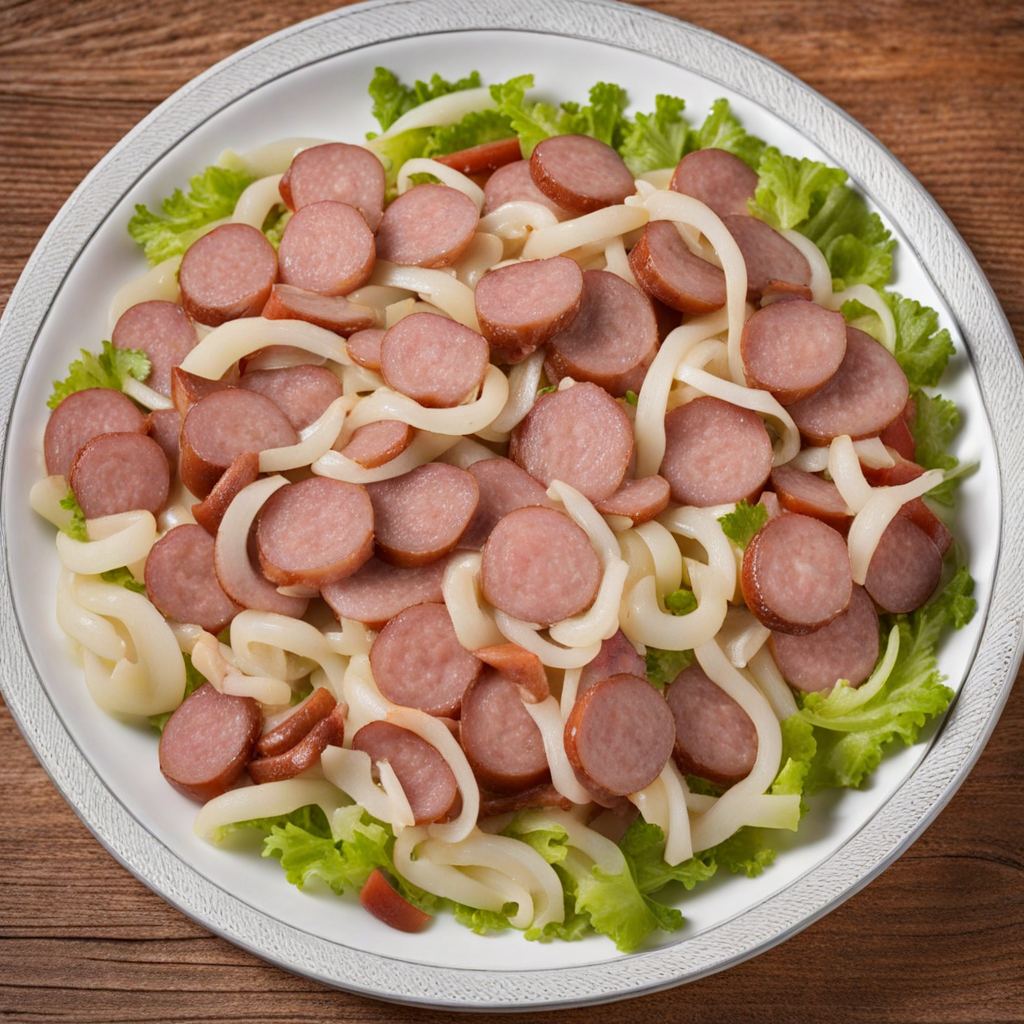Fleischkäse
Fleischkäse, a beloved culinary delight from Liechtenstein, is a unique meat specialty that captures the essence of the region's traditional flavors. Often referred to as "meat cheese" due to its name translating to "meat cheese" in German, it is not actually a cheese but rather a finely ground mixture of pork, beef, and bacon, seasoned with a variety of spices. This delightful blend is baked in a loaf shape, resulting in a crispy exterior while the inside remains juicy and tender. The harmonious melding of flavors creates a savory experience that is both hearty and satisfying, making it a staple comfort food among locals and visitors alike. Typically enjoyed in a variety of ways, Fleischkäse can be sliced and served hot or cold, often accompanied by fresh bread, mustard, and pickles. The delightful contrast of textures—from the crunchy crust to the smooth, rich interior—enhances each bite, making it a versatile dish suitable for any meal of the day. Whether served as a sandwich, paired with potatoes, or simply enjoyed on its own, Fleischkäse offers a taste experience that is deeply rooted in Liechtenstein's culinary traditions. Fleischkäse is not only a dish but also a social food, often found at celebrations and gatherings. Its popularity has spread beyond Liechtenstein's borders, as food enthusiasts seek to savor this delicious delicacy. Each bite is a celebration of flavor and culture, with recipes varying from family to family, ensuring that every experience with Fleischkäse is unique. The dish embodies a sense of warmth and togetherness, making it an essential part of the region's gastronomic identity.
How It Became This Dish
The History of Fleischkäse: A Culinary Gem of Liechtenstein Fleischkäse, a traditional dish beloved in Liechtenstein and parts of Germany and Austria, is an intriguing amalgamation of meat and culinary tradition that has evolved over centuries. This unique meat product, which translates to "meat cheese" in German, is not actually cheese but rather a finely minced meat loaf that typically consists of pork, beef, and bacon, flavored with a variety of spices. With its rich history and cultural significance, Fleischkäse stands as a testament to the region's culinary ingenuity. Origins The origins of Fleischkäse can be traced back to the 18th century, amidst the culinary traditions of Southern Germany. The dish likely arose as a method to preserve meat, a necessity in a time when refrigeration was nonexistent. The practice of mincing and mixing various types of meat with spices and then baking it is believed to have been influenced by the need to utilize every part of the animal, ensuring that nothing went to waste. Fleischkäse shares similarities with other meat products found throughout Europe, such as the Italian "mortadella" and French "pâté." However, its specific preparation and cultural significance are distinctively tied to the regions of Bavaria and Swabia, with its popularity spreading into Austria and Liechtenstein over time. In Liechtenstein, a small landlocked principality nestled between Switzerland and Austria, Fleischkäse has become an integral part of the national cuisine, often enjoyed as a hearty snack or meal. Cultural Significance In Liechtenstein, Fleischkäse represents more than just a food item; it embodies a sense of identity and tradition. The dish is commonly found at local markets, festivals, and family gatherings, where it is served warm, often accompanied by mustard, pickles, and freshly baked bread. The history of Fleischkäse is intertwined with the agricultural practices of the region, where farming families would prepare the dish from their own livestock, thereby promoting self-sufficiency and communal ties. Moreover, Fleischkäse has become a symbol of regional pride and culinary heritage. Many families have their own secret recipes that have been passed down through generations, each adding a personal touch to the traditional preparation. Its presence in local butcher shops and restaurants further solidifies its status as a staple of Liechtensteinese cuisine. Visitors to the principality are often encouraged to indulge in this local delicacy, making it a point of cultural exchange and exploration. Development Over Time As with many traditional foods, the preparation and presentation of Fleischkäse have evolved over the years. Initially, Fleischkäse was crafted in smaller, artisanal batches, with each household having its own method of seasoning and cooking. The basic recipe remained consistent, primarily using finely minced meat combined with ingredients such as onions, garlic, and nutmeg. However, over time, variations began to emerge as the dish garnered popularity beyond its local roots. In the 20th century, as industrialization took hold, the production of Fleischkäse transitioned into a more commercialized process. Large-scale meat processing companies started to produce pre-packaged varieties, making the dish more accessible to a wider audience. This commercialization, however, led to some criticism regarding the quality and authenticity of the product. Traditionalists argue that the best Fleischkäse is still made in small batches, with an emphasis on quality ingredients and time-honored methods. Despite these developments, the essence of Fleischkäse as a comfort food remains unchanged. It continues to be a popular choice for a quick meal or snack, often enjoyed at roadside stands or during outdoor festivals. The dish has also found its way into modern cuisine, with chefs experimenting with new flavors and pairings while still honoring its traditional roots. Variations such as vegetarian Fleischkäse have emerged to cater to changing dietary preferences, showcasing the dish's adaptability in a contemporary context. The Role of Fleischkäse Today Today, Fleischkäse holds a cherished place in the culinary landscape of Liechtenstein. It is typically served as a warm, hearty sandwich, with slices of the meat loaf piled high on a crusty roll and complemented by tangy mustard or spicy ketchup. Some enthusiasts even enjoy it with fried eggs or alongside potato salad, elevating it to a more substantial meal. The dish’s popularity extends beyond the borders of Liechtenstein, as it has also made its mark in neighboring countries. In Austria and Bavaria, Fleischkäse is often enjoyed at beer gardens, where it is paired with local brews, enhancing the communal dining experience. The dish has also gained recognition in international cuisine, appearing on menus in various countries as more people become aware of this delightful meat loaf. Furthermore, culinary festivals and food fairs often feature Fleischkäse, emphasizing its role as a regional delicacy. These events provide opportunities for chefs and home cooks alike to showcase their interpretations of the dish, fostering a sense of community and shared culinary heritage. As food tourism continues to grow, visitors flock to Liechtenstein not only to explore its stunning landscapes but also to indulge in its gastronomic offerings, with Fleischkäse at the forefront. Conclusion Fleischkäse is more than just a meat product; it is a beloved symbol of Liechtenstein's culinary traditions and cultural heritage. From its humble origins as a means of preserving meat to its current status as a cherished comfort food, the evolution of Fleischkäse reflects the changing dynamics of society, agriculture, and culinary practices. As it continues to delight palates and forge connections among people, Fleischkäse remains a testament to the rich tapestry of Liechtensteinese culture, inviting both locals and visitors alike to savor its unique flavors and history.
You may like
Discover local flavors from Liechtenstein


